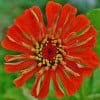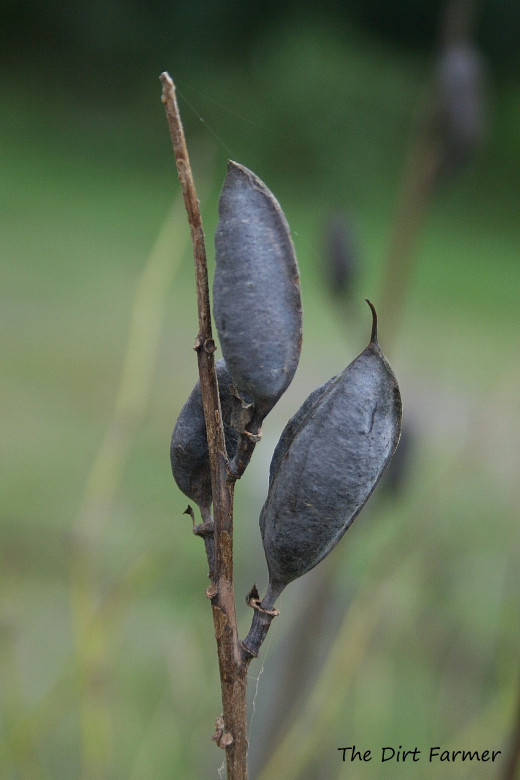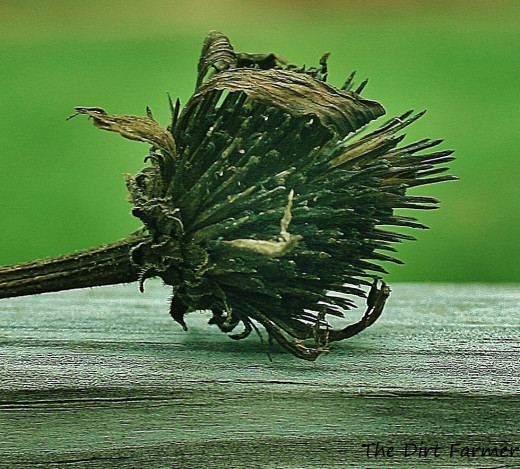Seed Saving Tips
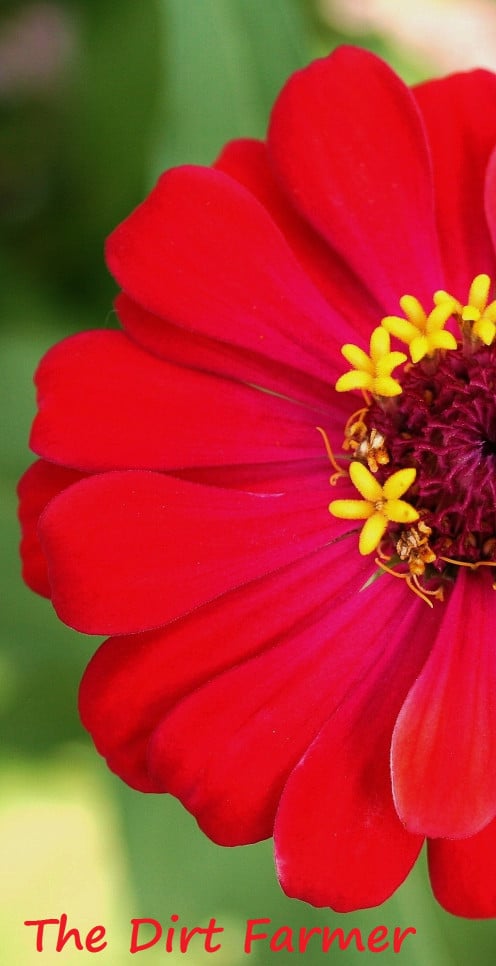
How to Save Seeds Successfully
Saving seeds from vegetable gardens and flower gardens is a fun and frugal way to grow the produce you like best and add more of your favorite plants to the landscape.
What should you look for in the vegetable seeds and the flower seeds that you collect?
- Seeds that will germinate.
- Seeds that will mature into healthy, productive plants.
- Seeds that will develop into the plants that you actually want in your garden.
To increase the likelihood that you will select seeds that have these qualities, follow the general guidelines below— basic seed-saving concepts that will help you pick the best vegetable and flower seeds from your garden, for your garden.
SAVING VEGETABLE SEEDS
How to Select the Best Vegetables for Seed Saving
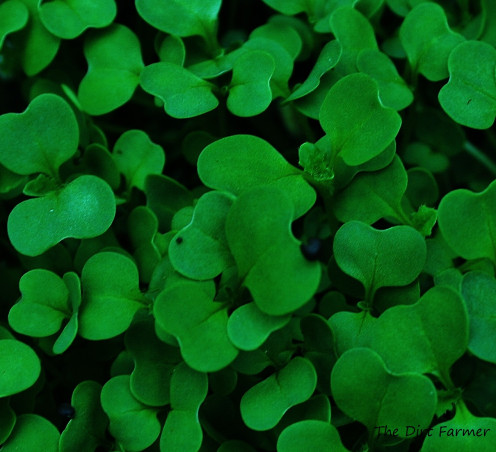
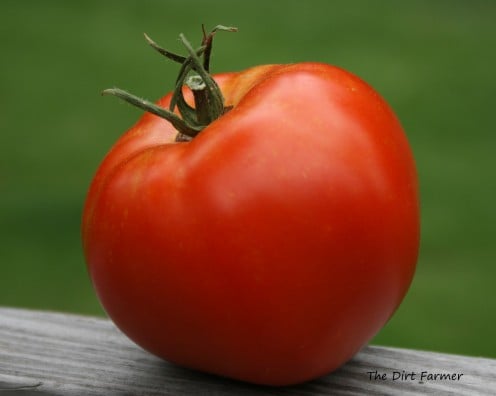
Vegetable Seed Basics
When selecting vegetables from which to collect seeds, choose
- heirloom plants,
-
disease-free plants,
-
plants with the qualities you want in next year's crop and
-
plants that have not cross pollinated.
VEGETABLE SEED SAVING
Heirlooms, not Hybrids
Of the 5 types of tomato plants that we grew in this year's garden, my favorite was definitely Park's Whopper. It stood up well to the summer heat; developed no diseases; incurred little or no pest damage; and produced firm, meaty fruit that was absolutely delicious—a far cry from flavorless supermarket tomatoes.
But I won't be saving Park's Whopper tomato seeds for next year's vegetable garden. Why? Because Park's Whopper is a hybrid.
Although hybrid plants are often wonderful to grow, they should never be the first, second or even third choice of savvy seed savers for two primary reasons.
First of all, seed from hybrid plants is often sterile. Therefore, collecting seeds from hybrids could easily be a waste of time.
Secondly, seed from hybrids won't reproduce "true." In other words, planting seeds saved from a hybrid plant will not result in a plant that is like the parent plant.
For these reasons, it's best to collect seeds from heirloom plants.
Heirloom Plants
Heirloom plants are open-pollinated cultivars or "species" plants. As open-pollinated cultivars, heirloom seeds are produced through natural, random pollination.
Preserved through the years by gardeners and farmers, heirlooms have been in use since before 1945. Unlike hybrids, they grow "true" to type from saved seed. In other words, when you sow heirloom seeds, you get heirloom plants—the plants that you expected to get, the plants that you wanted.
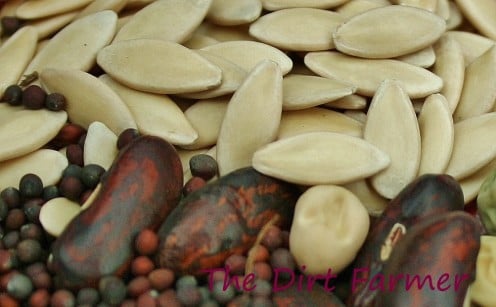
VEGETABLE SEED SAVING
Harvesting the Best
When selecting seeds, go for the healthiest fruits and vegetables from the healthiest heirloom plants in your garden.
Choose the ones that have the qualities you're looking for in next year's crop. Size, flavor, productivity—consider all of the characteristics that are important to you. Then choose seeds from the best of the best.
VEGETABLE SEED SAVING
Avoiding Cross Pollination
Some open-pollinated plants cross pollinate. These include beets, broccoli, cabbage, chard, cucumber, kale, mustard greens, radish, spinach and squash.
For instance, if you grow more than one type of squash close to each other, they will more than likely cross pollinate, and the seeds that they produce will result in squash plants that have characteristics you may not want.
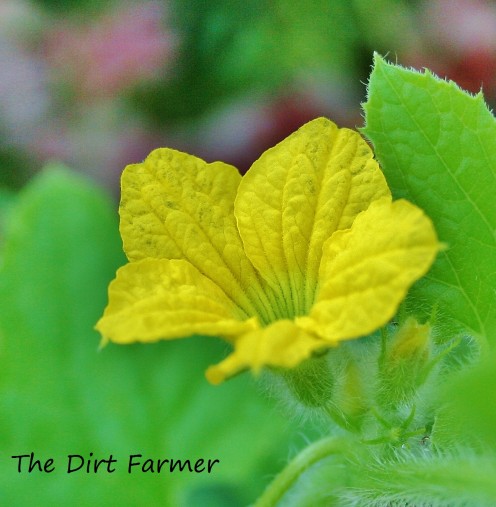
So how can seed savers maintain original varieties of plants that cross pollinate?
- One option is to isolate the plants from each other by large distances, growing yellow squash in one vegetable patch, for instance, and green squash in another garden at least half a mile away. (Cucurbits need a lot of space!) But the isolation method is not very practical for most home gardeners.
- Another option is to grow cultivars that bloom at different times. That way they can't cross pollinate.
- You could also use row covers to isolate cultivars from each other, covering one variety at a time, allowing each adequate exposure for pollination amongst its own kind.
- The easiest option? Only grow one type of heirloom cross pollinator at a time to assure that the seed you collect is the seed you want.
Easy Vegetables for Seed Saving
Vegetable
| Fertility
| Difficulty Level
| Seed-Saving Tips
|
|---|---|---|---|
beans
| Self pollinator
| Very easy
| Allow pods to dry on vines. Pick pods when they rattle & remove seeds.
|
cucumber
| Cross pollinator within 1/2 mile of other cucumber cultivars
| Easy (if cross pollination does not occur)
| Allow to ripen on vine until mushy. Cut in half, scrape away seeds, rinse off gelatinous coating in seive, soak in water 1-2 days & then dry.
|
eggplant
| Self pollinator
| Easy
| Allow eggplant to over-ripen on vine until hard & dull in color. Cut it in two & pull seeds from flesh.
|
peas
| Self pollinator
| Very easy
| Allow pods to dry on vines. Pick pods when they rattle & remove seeds.
|
peppers
| Usually self pollinates, but may cross pollinate if cultivars grown close together.
| Somewhat easy
| Cut open mature pepper & scrape out seeds. Dry on paper plate or towel away from sun. Seeds are ready to be stored when break rather than bend.
|
squash
| Cross pollinator within 1/2 mile of other squash cultivars
| Easy (if cross pollination does not occur)
| Select ripe squash with skin that dents easily. Cut in half, scrape seeds into seive, & wash & dry them.
|
tomatoes
| Usually self pollinates, but may cross pollinate if cultivars grown close together.
| Somewhat Easy
| Squeeze seeds from ripe tomato into bowl of water & allow to ferment at room temp until mold forms. Scrape away mold, stir & add more water. Repeat process until only clean seed remains, then strain, rinse & dry at room temperature.
|
watermelon
| Cross pollinator within 1/2 mile of other melon cultivars
| Easy (if cross pollination does not occur)
| Remove seeds from ripe fruit. Wash in seive, adding a few drops of mild detergent to remove sugars. Rinse & dry.
|
If you want seeds to grow "true," harvest them from non-hybrid vegetables only.
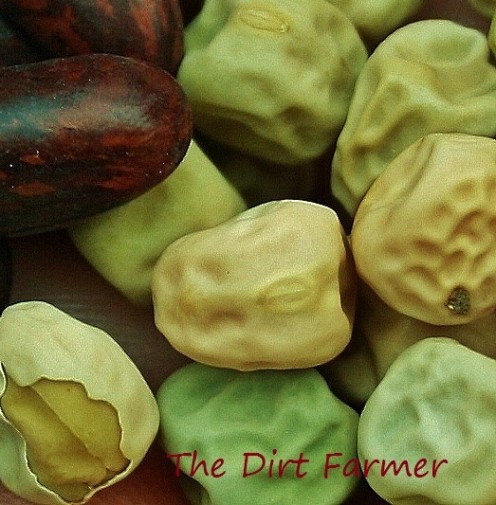
VEGETABLE SEED SAVING
When to Collect Vegetable Seeds
Wait until almost the end of the growing season to collect seed from your garden. At that point, when you're no longer harvesting much for the table anyway, allow it to "go to seed."
Doing so will discourage your vegetable plants from setting new fruit, effectively signalling the end of their life cycle.
To that end, allow fruiting vegetables like tomatoes and squash to ripen beyond edibility. Let legumes dry on their vines and Brassicas, like broccoli and kale, flower and fade.
Catching Seeds
Seeds pods often release seeds as they dry. To avoid losing seeds this way, break off a section of the plant (you could even pull it up completely) and store it upside down in a paper bag until the pods are thoroughly dry.
When collecting seeds from fruiting vegetables such as cucumber, eggplant, melon, squash and tomatoes, be sure to select fruits that are fully mature and overly ripe. (Immature seeds are unlikely to germinate.)
Once you've chosen overly ripe produce for seed collection, you will have to remove the seed from the fruit, clean it and dry it before storing it. To prep tomato seed and melons seed for storage, some seed collectors recommend a period of fermentation.
Seeds from legumes such as beans and peas should remain on the vine until the pods that contain them "rattle dry." At that point, the pods may be picked and the seeds removed.
Seeds from other vegetables that "go to seed" (like broccoli) should also be allowed to dry on the plant.
SAVING FLOWER SEEDS
How to Select the Best Flower Seeds for Saving
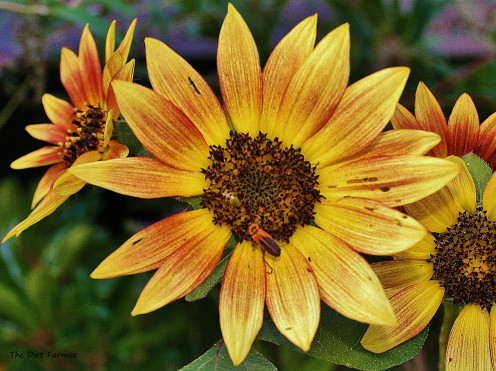
Annuals, Biennials & Perennials
Most gardeners save seed from annual and biennial plants. Annual plants live for only one growing season, while biennial plants live for two. At the end of their life cycle, before they die, annuals produce seeds. Biennials produce seeds after flowering at the end of their second growing season.
While annuals and biennials are easy to grow from seed, perennials, which live year after year and do not die after flowering, are easier to propogate asexually, i.e. through cuttings, layering and division.
Many of the same precepts for saving vegetable seeds hold true for flower seeds.
Healthy Plants
Choose only healthy, disease-free flowers from which to collect seeds. You don't want to pass a virus or some other health issue onto the next generation.
The Best of the Best
Vivid coloring, large blossoms, sturdy stems—what do you want next year's flowers to be like? Think about what your preferences are as you select the seeds from the best flowers on the best plants in your garden. What you pick is what you'll get—next year.
Heirlooms
If you want to grow flowers that are like their parent plants, save seeds from heirlooms only. Like the seeds of hybrid vegetables, hybrid flower seeds won't produce plants that are just like the parent plant. But ... you might not care about that too much in your flower garden.
SAVING FLOWER SEEDS
Other Things to Consider
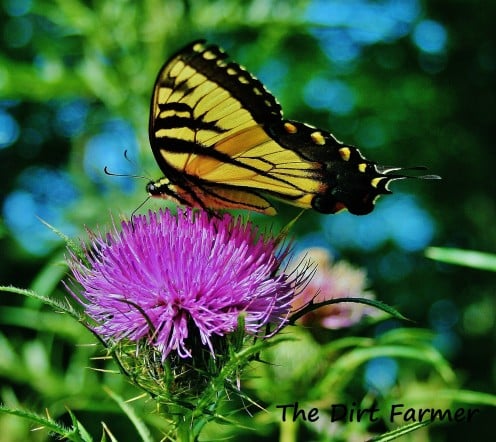
When choosing flowers to collect seeds from, also consider the lifespan of the plants as well as their usefulness in your garden and their care requirements.
Annuals & Biennials
Although some annual and biennial plants will reseed themselves, not all do. So if you want to make sure that those cheery zinnias and marigolds grow in your garden again next year, sow them yourself in late winter or early spring (depending upon your climate).
Of course, you could also buy the seed, but ... saving it from your own garden is a lot more fun. And besides, the seed is out there, just waiting to be collected.
Native Plants
Harvesting seed from native wildflowers and other native plants is an effective way to add diversity to a home landscape. Not only are native plants generally easier to care for, but they also tend to attract local wildlife, including the pollinators gardeners love, such as bees and butterflies.
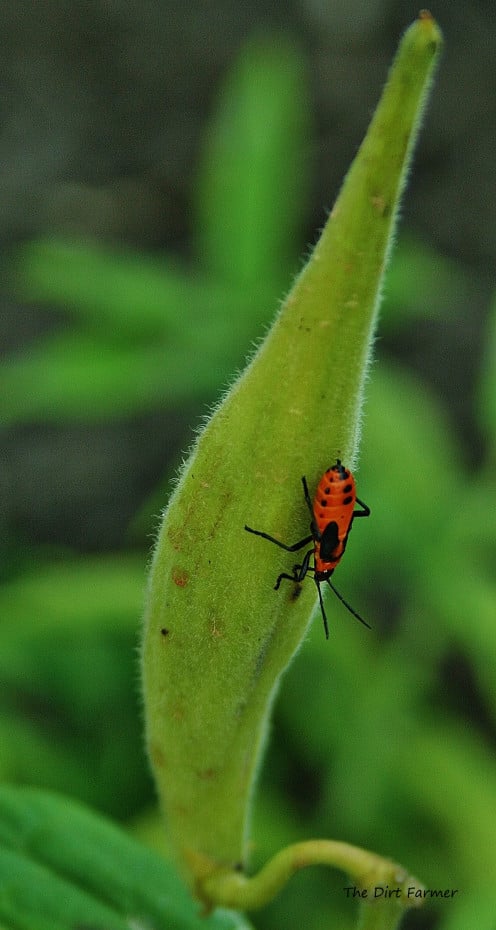
SAVING FLOWER SEEDS
When to Harvest Flower Seeds
If you're an active gardener, you probably deadhead the flowering plants in your landscape to encourage more blooms, knowing that once their flowers go to seed, they will produce fewer and fewer blossoms.
This is especially true for biennials in their second growing season and annual flowers, which not only produce fewer blooms when their flowerheads go to seed, but also die at the end of the season.
For this reason, to extend the time you can enjoy flowering annuals and biennials in your garden, continue to deadhead them until the end of the growing season. Then, after they've put on a good show, allow the flowers to dry on their stalks.
But don't wait too long to collect seed! If you dawdle, birds and other animals will eat the seed before you have a chance to gather it.
Some gardeners tag their favorite flowers, tying twine to their stems or marking them in some other manner so that they're sure to collect seed from the best spent blooms.


How Flowers Look When Ready to Harvest
Flower seeds are ready to harvest when the flowers that are left on the plant dry up and change color, fading to beige or some other shade of brown. Sometimes their tops appear puffy.
Flowers that have gone to seed are usually simple to remove, snapping free easily, although sometimes pruners or gardening shears may be needed.
After removing dried flowerheads from plants, also remove any "wrapping"—bits of dried petal and other chaff—and allow the seed to dry completely before being stored for next year.
If the flowering plant produces pods, these will shrivel and turn brown when ready to harvest. When you shake them, they'll rattle.
To harvest seeds in pods, snip them from the plants, pry them open to remove the seeds and discard the shells. Some seed collectors store it all away—seeds, pods and even dried stems, placing the lot in paperbags until the start of the next growing season.
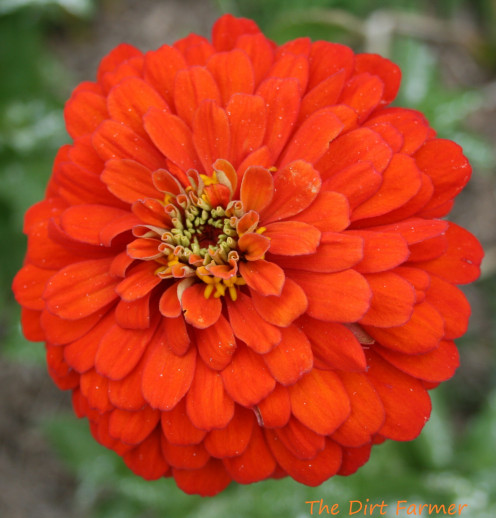
ABOUT THE AUTHOR
The Dirt Farmer has been an active gardener for over 30 years.
She first began gardening as a child alongside her grandfather on her parents' farm.
Today, The Dirt Farmer gardens at home, volunteers at community gardens and continues to learn about gardening through the MD Master Gardener program.
© 2012 Jill Spencer
